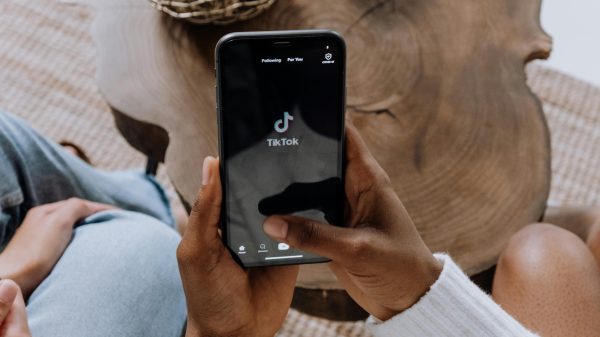On the other hand, think that nowadays in the world we live in, and which we still have a few years to live in, immigrants and natives cohabit together, with all that this entails. For example, and without getting too much into it; you can find a company that wants to sell its products on the internet and is run by digital immigrants and probably its target audience is a digital native… or the other way around!!!!
That’s why you have to understand both profiles to be able to reach your target successfully.
But let’s get down to business, I will give you the general characteristics of both profiles.
The digital native
The term “digital native” was coined by Marc Prensky to refer to the generation born into a world in which instant messaging, smartphones, Twitter, WhatsApp, etc., are commonplace and nothing new.
They have no trust in mass media and base their decisions much more on what their peers
tell them, taking the Peer-to-Peer concept to the maximum. Brands are losing ground in terms of the credibility of their messages, as the new generations trust their peers more when it comes to evaluating the purchase of products and services.
Technology permeates their lives and they are perfectly adapted to the three screens: the mobile phone, the laptop and finally the television.
They are always connected and usually to more than one device, making their attention dispersed and more difficult to engage. For this reason, it is increasingly important in advertising to understand the so-called “second screen“effect. Generation Z and millennials watch TV, chat and search for information on the internet concurrently. Capturing their attention with advertising is becoming increasingly difficult. They value their time highly and see themselves as the centre of the system: they decide when and how they consume.
Having said all this, I can assure you that in my house I have several of these natives… and it seems that the description is made for them, however, if you have a native at home, I’m sure you agree with me. But it is not that they are all the same, as we “mothers” try to explain, nor is it the age of the turkey, as my mother used to say. It is a new philosophy of life which, whether we like it or not, those of us who are not natives will either join in or we will fall out of the reality sooner or later.
Digital migrant
In contrast to digital natives are digital immigrants. They come from an analogue or quasi-analogue culture that implies a more old-fashioned behaviour, technology does not appear as the first option for their daily life.
We can thus see that in these times two totally different types of subjects coexist as protagonists. When it comes to industries and formats, those in charge are not today’s producers and consumers, let alone those who will predominate in two decades’ time. They are people between 35 and 55 years old who are not digital natives: they are digital immigrants.
The consumers and next producers of almost everything that exists (and will exist) are the digital natives and, between both generational cuts, the distances are infinite and the possibilities of communication, especially between companies and consumers, require an additional effort to know in depth the profile of these consumers.











